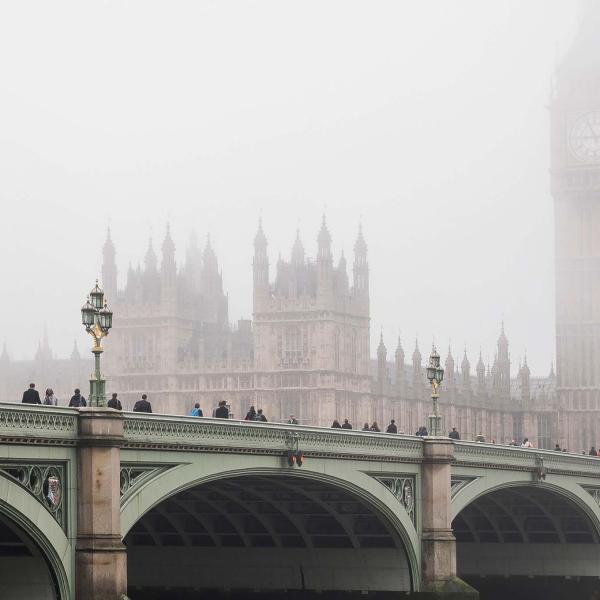The COVID-19 episode has had substantial negative impacts on mental health across the population. The biggest impacts have been on the gender and age groups – broadly women and the young – that already had relatively low levels of mental health. Pre-existing inequalities in mental health have therefore been exacerbated by the crisis.
The study, funded by the Economic and Social Research Council, uses new data collected by the University of Essex at the end of April. The data cover nearly 12,000 people who had been asked questions about their mental health annually over several years and who were asked the same questions again this April.
Almost a quarter of respondents reported experiencing at least one mental health problem much more than normal, up from just 10% in the most recent pre-crisis data.
Other key findings include:
- An additional 7.2 million (14% of) people aged 16+ report experiencing a mental health problem ‘much more than usual’. This is over and above any changes that would have been expected given the continuation of pre-existing trends towards poorer mental health among the population overall.
- The scale of this deterioration in mental health is of a magnitude unlike anything we have seen in recent years. The impact of the pandemic on overall mental health scores was nearly double the deterioration seen between 2014-15 and 2017-18. The magnitude of the effect is equivalent to the difference in mental health between the richest 20% of people and the poorest 20% in the latest pre-pandemic data.
- The share of people who report experiencing at least one mental health problem ‘much more than usual’ has more than doubled, from one in ten (10%) to almost one in four (24%) of those aged 16 and over. Younger women have the highest rates of poor mental health on this measure – the prevalence in April 2020 was 35% for women aged 16-34 – but it has worsened across all age and gender groups (see Figure 1).
- The groups hardest hit overall are those who already had the worst mental health, and experienced the worst recent trends, prior to the COVID-19 pandemic. The young have seen significantly greater deteriorations in their mental health than have older groups, and women more than men. This means young women are most affected and older men are least affected (Figure 2). Using a measure of overall mental health, women aged 16-24 had 16% worse than average mental health scores before the crisis; this differential rose to 27% in April 2020, despite the worsening trend in the overall average score.
- Controlling for other relevant factors, key workers had less of a deterioration in mental health, whilst those who were laid off, had young children or had COVID-19 symptoms on the day of the interview had greater deterioration. Being furloughed was associated with a deterioration in mental health to the extent that it came with a reduction in earnings, but no additional deterioration beyond that explained by falling earnings. There were also no significant differentials by pre-existing health vulnerabilities, marital status, ethnicity or region of residence.
Figure 1. Proportion reporting at least one mental health (GHQ-12) problem ‘much more than usual’ by age and sex, April 2020
Figure 2. Average overall mental health (GHQ-12) scores by age and sex, April 2020. Higher scores indicate worse mental health
Xiaowei Xu, a Senior Research Economist at IFS and an author of the paper, said:
“The effects of COVID-19 and the associated lockdown on mental health have been very big indeed. Young people and women, already at more risk of mental health problems, have experienced particularly big impacts on their mental health. These impacts need to be weighed alongside economic and other health effects of policies as we move out of lockdown. It will be important to monitor changes in mental health and to make sure that appropriate support is given to those who are struggling.”










